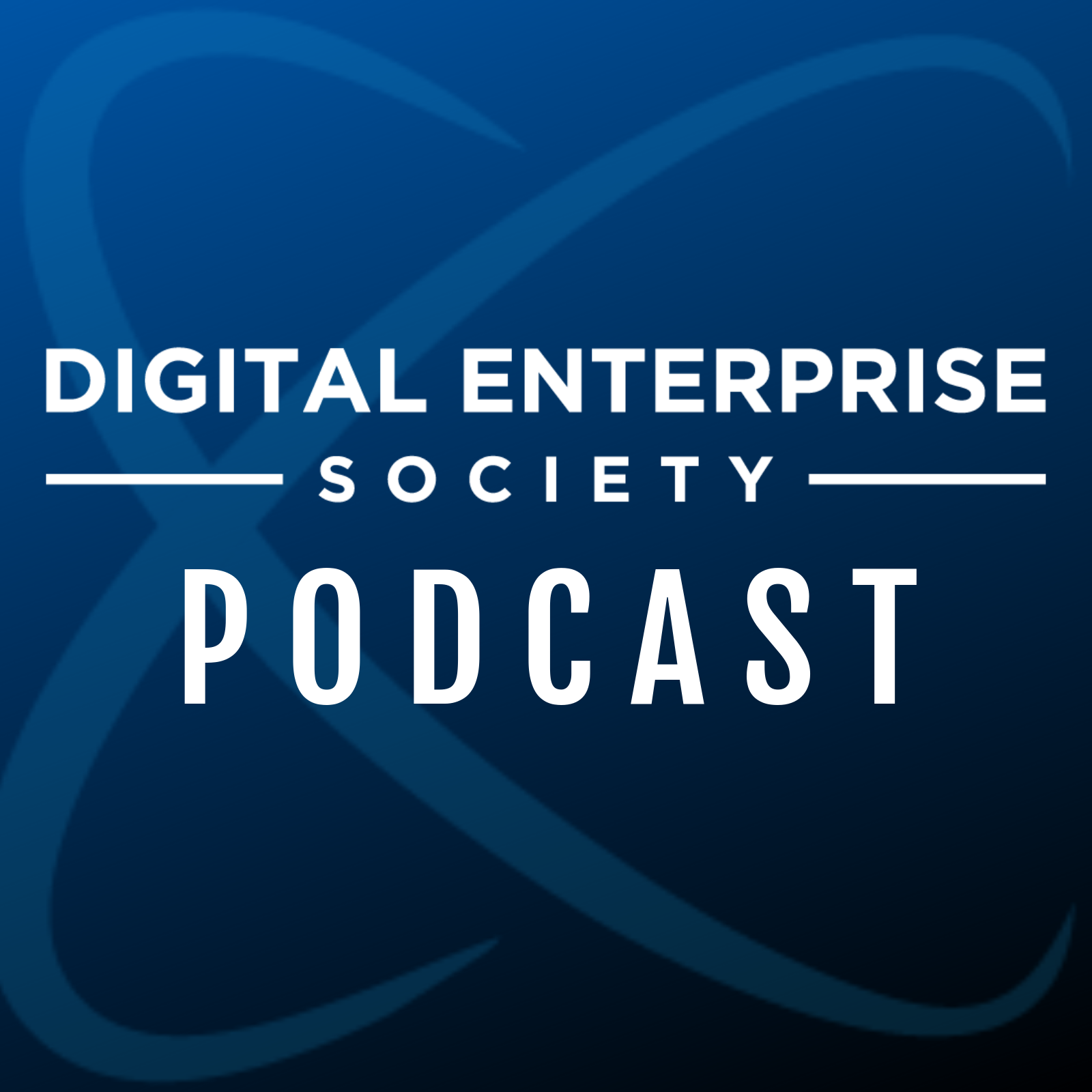- Technology
- SEE MORE
- classical
- general
- talk
- News
- Family
- Bürgerfunk
- pop
- Islam
- soul
- jazz
- Comedy
- humor
- wissenschaft
- opera
- baroque
- gesellschaft
- theater
- Local
- alternative
- electro
- rock
- rap
- lifestyle
- Music
- como
- RNE
- ballads
- greek
- Buddhism
- deportes
- christian
- piano
- djs
- Dance
- dutch
- flamenco
- social
- hope
- christian rock
- academia
- afrique
- Business
- musique
- ελληνική-μουσική
- religion
- World radio
- Zarzuela
- travel
- World
- NFL
- media
- Art
- public
- Sports
- Gospel
- st.
- baptist
- Leisure
- Kids & Family
- musical
- club
- Culture
- Health & Fitness
- True Crime
- Fiction
- children
- Society & Culture
- TV & Film
- gold
- kunst
- música
- gay
- Natural
- a
- francais
- bach
- economics
- kultur
- evangelical
- tech
- Opinion
- Government
- gaming
- College
- technik
- History
- Jesus
- Health
- movies
- radio
- services
- Church
- podcast
- Education
- international
- Transportation
- Other
- kids
- podcasts
- philadelphia
- Noticias
- love
- sport
- Salud
- film
- and
- 4chan
- Disco
- Stories
- fashion
- Arts
- interviews
- hardstyle
- entertainment
- humour
- medieval
- literature
- alma
- Cultura
- video
- TV
- Science
- en
The Digital Battle Viscosity of Data

b'
The essence of the digital transformation journey is understanding trade-offs, and today\\u2019s digital battle offers clear points for each side of the argument.\\xa0 We all want the digital thread to work and data to flow without interruption, so where is the hold up? On the latest Digital Battle, Craig Brown and Mark Pendergast tackle the viscosity of data and why it doesn\\u2019t flow like it should.\\xa0 Is it the people or the technology that slows the processes down?\\xa0 Craig immediately attributes the hold up to people, Mark argues that the technology isn\\u2019t in place to make things happen effectively, and with that, another heated digital battle is under way.\\xa0\\xa0
\\xa0
On today\\u2019s podcast, you will learn:
Craig blames the people
- Data flow is impeded by people because of the differing opinions about which tools are the best ones.\\xa0
- The unwillingness of people to conform to what matters to the company is what holds up the flow of data.\\xa0
- If the data is stuck and won\\u2019t move, it\\u2019s because of the people.\\xa0
- People try too hard to perfect their designs before they are willing to share data.\\xa0
\\xa0
Mark argues against the technology
- People are trying to get their jobs done, and have to share information with others to do so.\\xa0
- If data is stuck, it\\u2019s because of the technology.\\xa0
- The tools are not mature enough to effectively communicate with other tools.\\xa0
- The incompatibility of standards limits productivity.\\xa0
- Maturity-based, phased release isn\\u2019t sufficiently supported by technology.\\xa0
\\xa0
Is there a third player to blame?\\xa0
- Processes might be the real culprit in this digital battle.\\xa0
- Experience has taught too many people to hold onto their data rather than share it.\\xa0
- Processes marry people to the technology and in many cases, is the true point of failure.\\xa0
\\xa0
The impacts of poor flow
- Data isn\\u2019t able to be reused because it\\u2019s not optimally formatted.\\xa0
- Change cycles greatly contribute to the lack of viscosity.\\xa0
- Time to market is affected by poor flow.\\xa0
- Quality is critically impacted by poor flow.\\xa0
\\xa0
How can flow be improved?
- On the people side, people need to emphasize communication about the latest data.\\xa0
- Quality checks need to be in place at every checkpoint.\\xa0
- Understand how your widget fits into the bigger picture and how it is used by others.\\xa0
- On the technology side, data flow needs to be designed to work.\\xa0
- A plan to execute free data hand off from end-to-end would greatly improve flow.\\xa0
- Data governance cannot be static- data flow governance is needed to make data flow.
- Metrics and rewards need to measure flow.\\xa0
\\xa0
\\xa0Key areas of value for viscosity of data
- Clear measures need to be established to identify reuse of data.\\xa0
- Consumers willingness to pay for a product is really what matters most.\\xa0
- Mainstream flow has many inefficiencies that need to be addressed.\\xa0
- Vendors need to insist on new tools that fit with existing tools.\\xa0
- The CAD to PLM to ERP chain needs to be refined end-to-end.\\xa0
\\xa0
Continue the conversation with us within the Digital Enterprise Society Community at DigitalEnterpriseSociety.org.
\\xa0
'